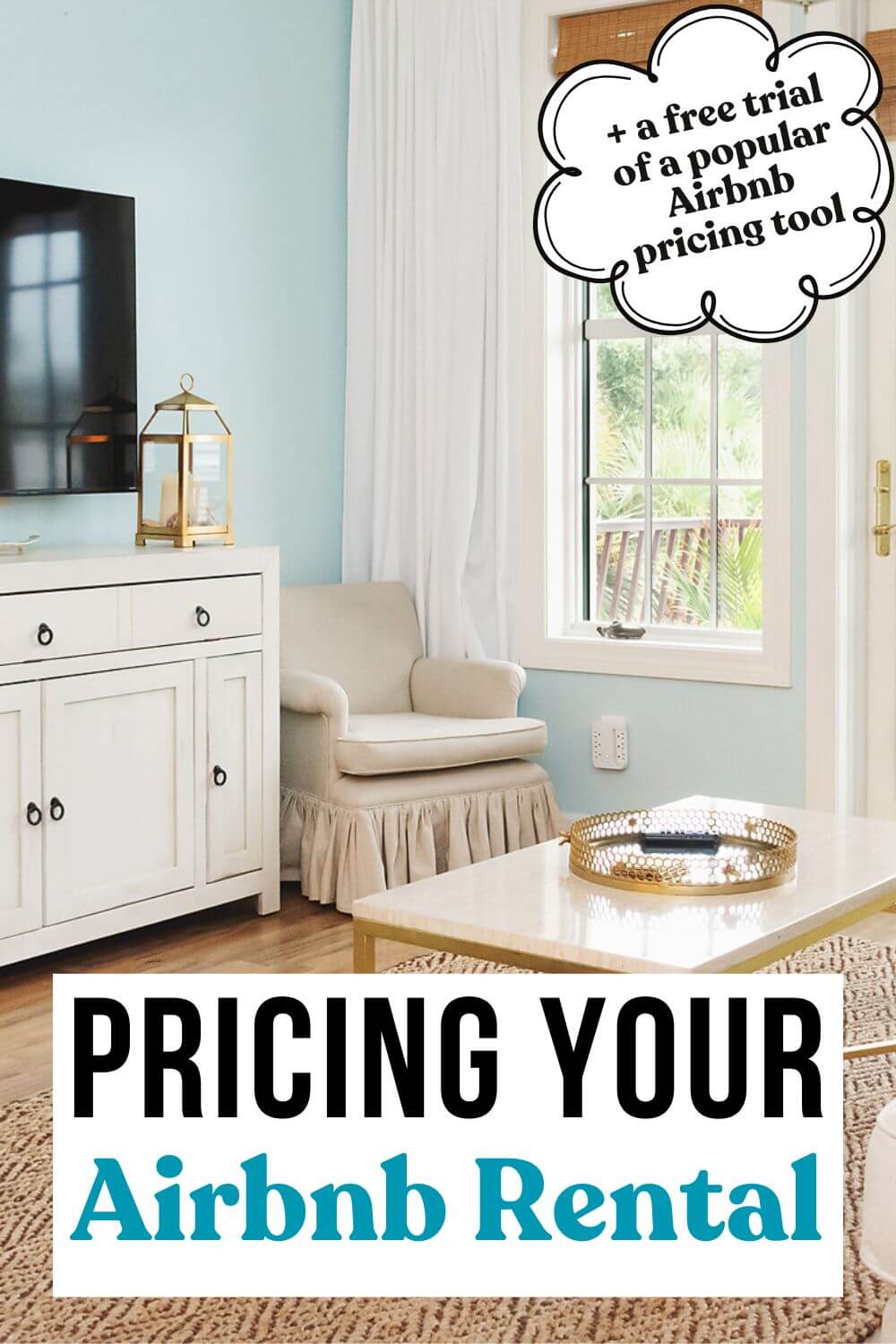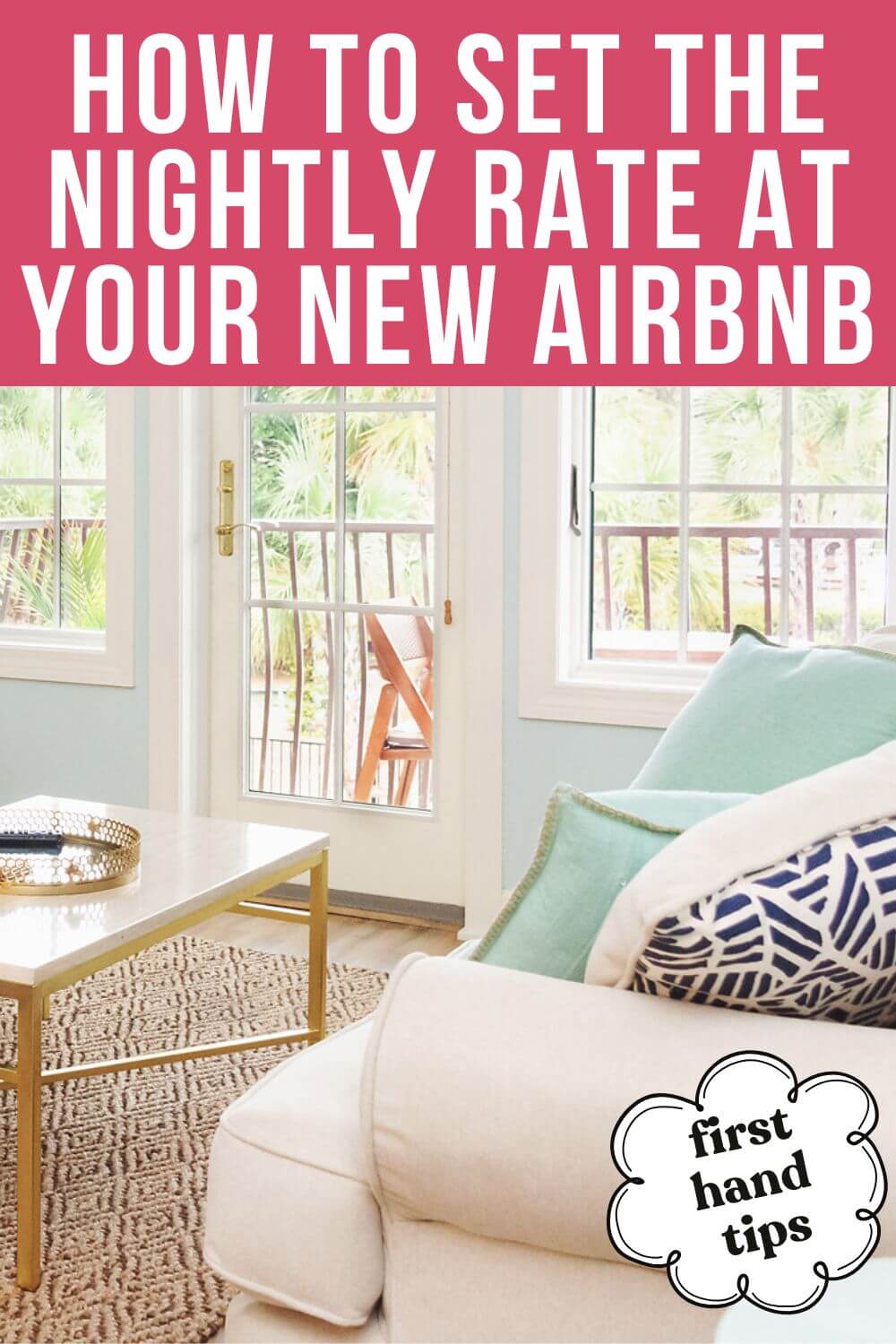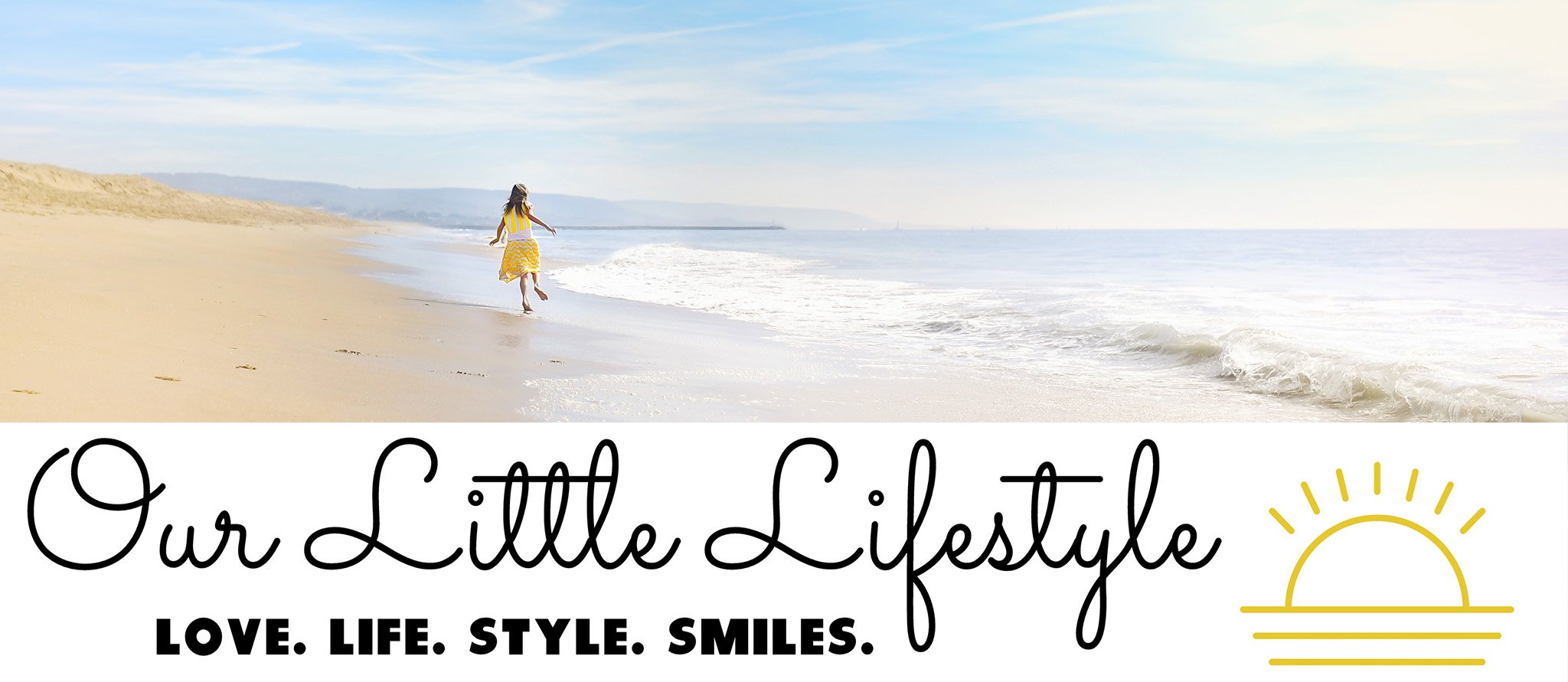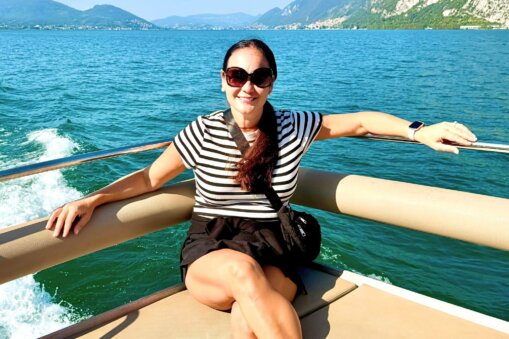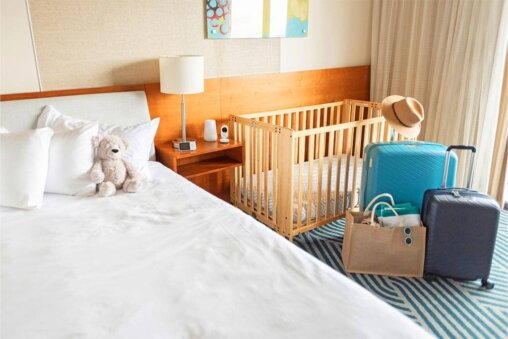We may earn money or products from the companies mentioned in this post. As an Amazon Associate, I earn from qualifying purchases.
Do you want to know how to price your Airbnb rental? Whether you are a new Airbnb host looking to figure out pricing for a new listing or a seasoned host trying to increase occupancy and overall income, you are going to learn something new in this post! I’ll walk you through exactly how I price my top-rated Airbnb rentals and share some first-hand tips to help you fine-tune your pricing.
Airbnb pricing is a great topic to discuss here because gone are the days of setting and forgetting fixed seasonal Airbnb rates. In 2025, to remain competitive and maximize occupancy, which in turn increases your profits, you need to constantly adjust your nightly rates until you find the sweet spots.
I can tell you first-hand that I adjust my Airbnb rates almost every day. This strategy is often called smart pricing or dynamic pricing in the Airbnb hosting world. And it’s the way hotels have set rates for quite some time now!
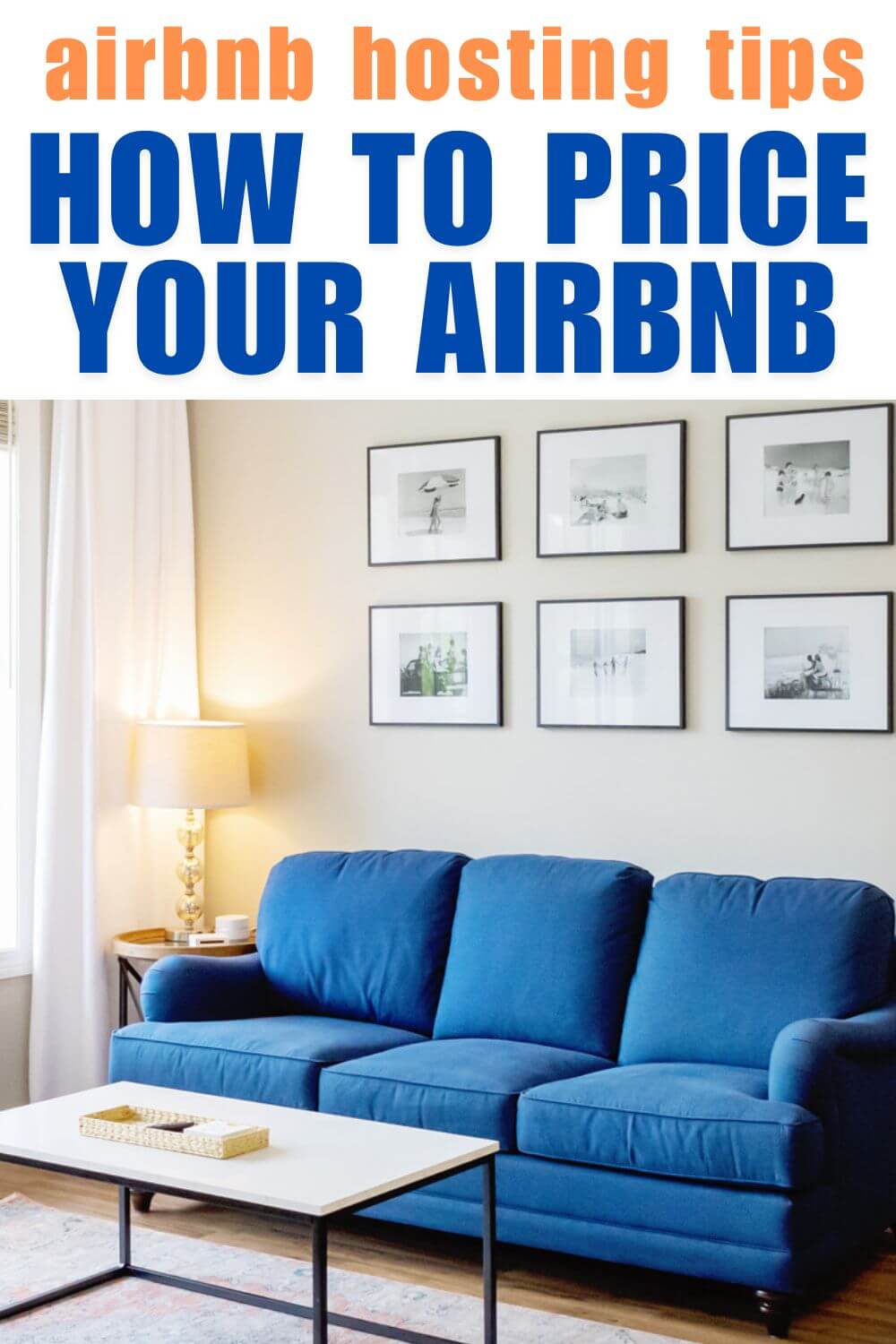
How To Price Your Airbnb Rental
So, we know how important it is to get pricing right, but exactly how do you actually choose the prices for your Airbnb? To be honest, it’s a combination of knowing your market, using tools, and trial and error. You aren’t going to find that sweet spot right away, and that’s ok!
Understanding Your Rental Market & Competition
Before you buy your Airbnb, you need to know the local rental market and identify the competition. I always recommend renting and staying in the area yourself before purchasing to flush out any strengths and weaknesses.
READ: How To Choose Where To Buy An Airbnb Rental
Next, identify several similar short term rental listings and look at their rates. How often are they booked? Look far in advance at their nightly price and check back frequently. You can easily save these to an Airbnb list to refer to later.
Knowing your rental and the market that it’s in is key when pricing an Airbnb. Here are some factors to consider:
- Property location
- Property size and amenities
- Seasonality
- Local competition
- Target demographic
- Special events/holidays
There is such a wide range of scenarios here, and every vacation rental is different, so knowledge is power. For example, if you own near a college campus, college game day weekends may be your moneymaker, while weekdays are harder to book.
Or, maybe you are in a seasonal location such as Mackinac Island or Nantucket, which requires you to make money during specific windows each year.
Likewise, maybe you have a large multi-bedroom house in a popular vacation destination where most of your bookings will come during school breaks (Fall, Spring, Winter, Summer). Yet, a smaller place, like mine on 30A in Florida, caters to couples traveling all year or families with babies and small children, not tied to a school calendar.
For most of us, like me and my rentals on 30A, we can stay booked all year if the price is right. My summer rates are often 8x higher than my slowest winter rates. There does come a point, though, where more heads in beds is not necessarily better. I have found that lower rates often lead to more difficult guests, and sometimes I don’t even want to risk getting a lower review on someone paying less than my operating costs. I will share more about that later in the most!
The takeaway here is that you can not accurately price your Airbnb until you know your rental and the local market inside and out.
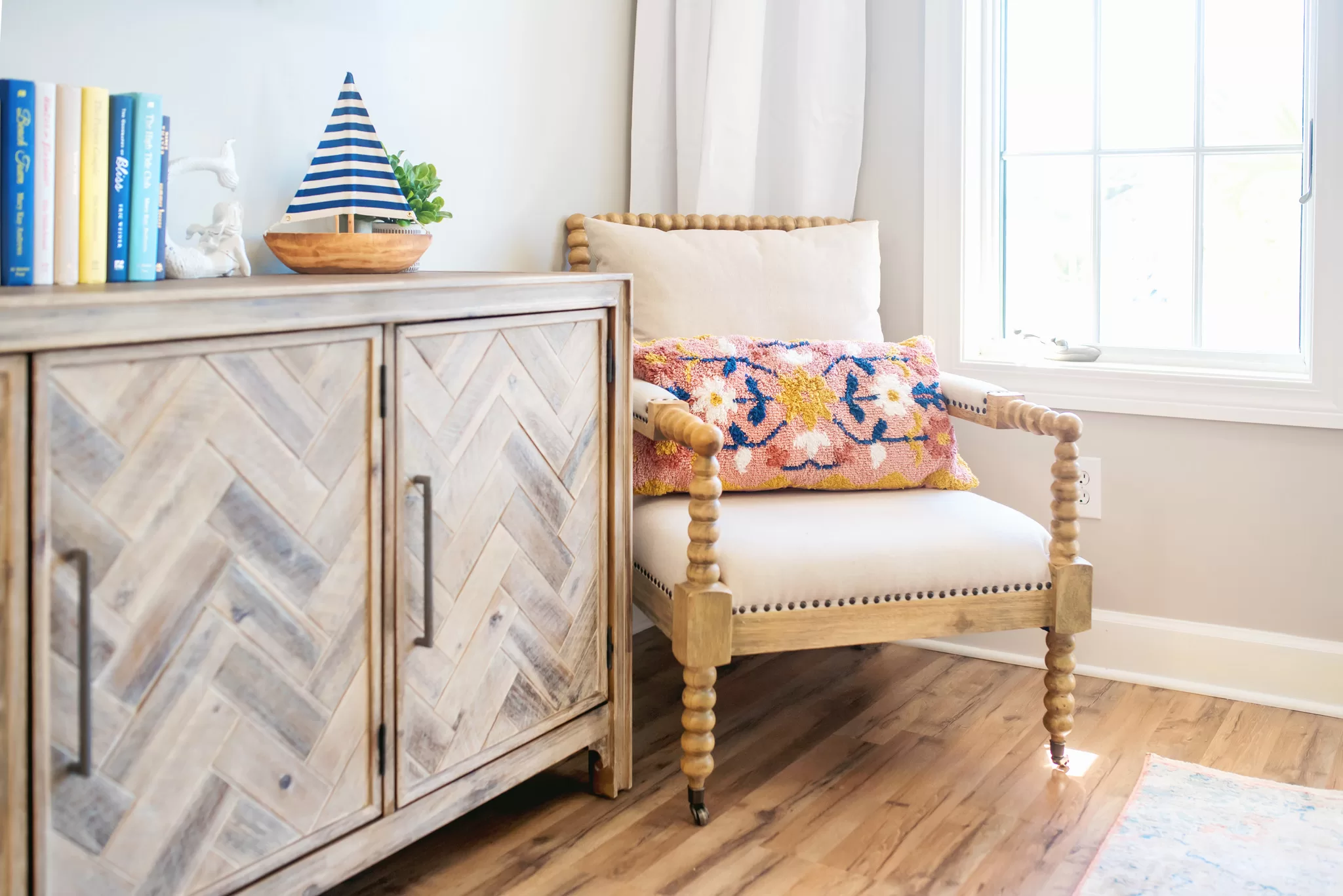
Airbnb Nightly Rate vs Occupancy Rate
So, what is good pricing, and what is bad pricing?
In my opinion, it all comes down to your overall monthly profit. More profit often comes from a higher average nightly rate and a higher occupancy rate. However, a higher nightly rate is not necessarily always better.
For example, which would you rather have?
- 15 nights at $500 per night = $7500
- 30 nights at $250 per night = $7500
Well, obviously, the first one requires less overall work and wear and tear, but what if you could have 30 booked at $400 per night?
That would leave you with $12,000. It’s a combination of a lower nightly rate and higher occupancy. That amount is substantially more than either of those scenarios, which are very real possibilities! Note that in these examples, the rate is the monthly average daily rate, so the actual rate may be higher and lower on various days.
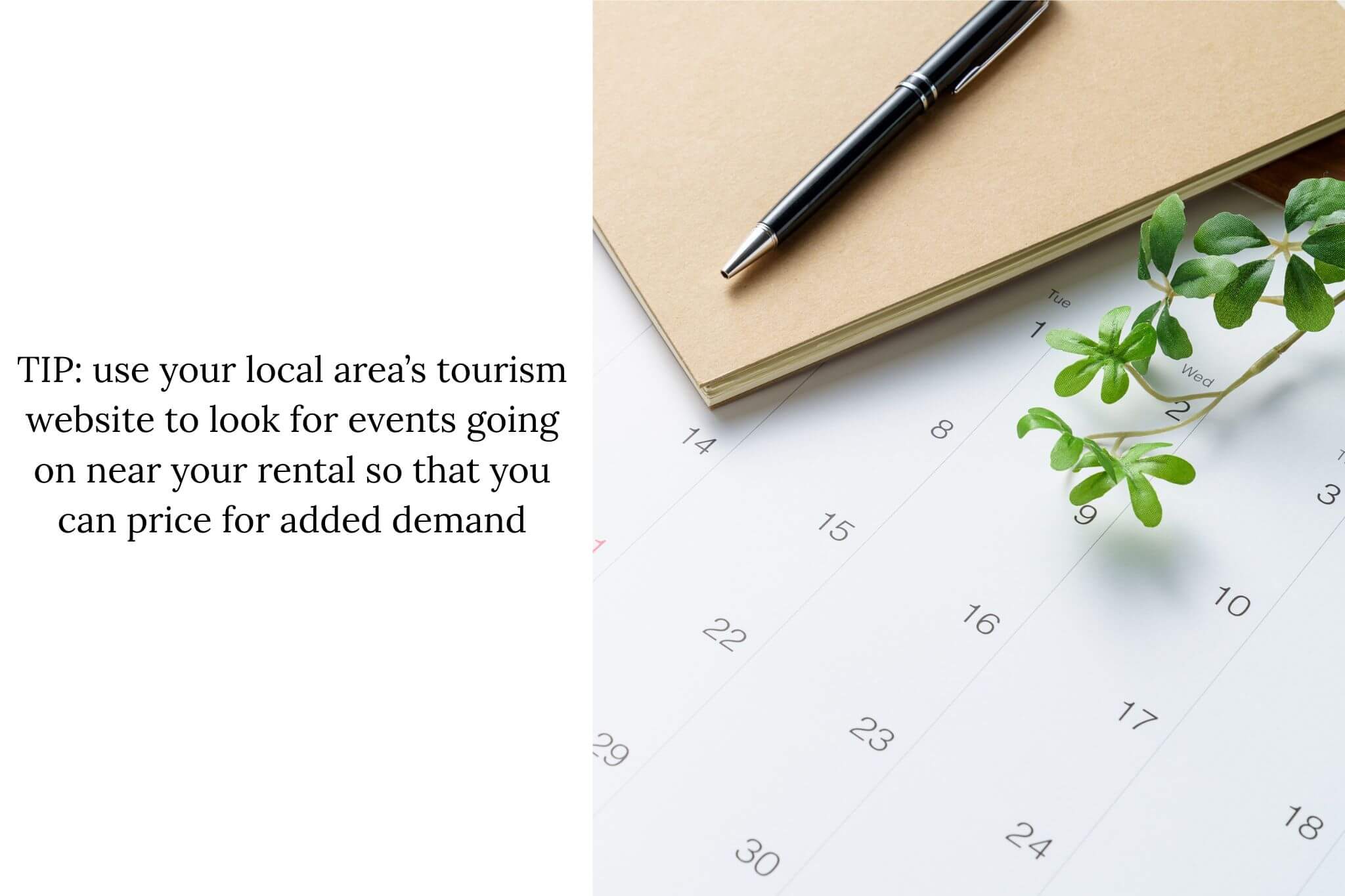
Signs Your Airbnb Pricing May Be Off
If you are already an Airbnb host, there are some easy ways to tell if your pricing is off. Hosts who manage their own Airbnbs, like we do, will be in a much better position to correct these issues than hosts who use a third-party property management company.
First, if your property isn’t getting booked, the price is likely too high. At the start, you want to offer lower prices to get those initial bookings and good reviews. However, down the road, if you are seeing a stall in bookings, you likely haven’t adapted to a change in demand that requires a small price decrease to stay competitive.
READ: My New Airbnb Is Listed, Now What?
On the flip side, if you launch your new Airbnb or open up your summer calendar and the bookings are flying in, you are likely priced too low and leaving money on the table. Don’t get me wrong; bookings are good, but this is a telltale sign that you offered too good of a deal!
In the end, overpricing leads to lower occupancy, and underpricing leads to lower profits. This is why continuously adjusting your prices is key to your Airbnb success.

Should I Use Airbnb Smart Pricing?
I do not use Airbnb smart pricing. It is easier for me to adjust my pricing manually, and I honestly believe that I can do it better myself. That said, not everyone has the time, energy, or desire to dive deep into pricing. Or maybe you aren’t as plugged into the area to do it confidently.
In that case, I think there are better Airbnb pricing tools out there. PriceLabs is the leader in this area, and I think everyone should at least try their free trial! I have done their free trial myself and believe that it is very helpful and quite accurate.
That said, and in full transparency, I do not currently use it only because, six years in, I know my pricing inside and out. And, having my rentals in a condo complex with so many similar listings, I actually don’t compete solely on price. My ratings are the highest in the area, and I provide concierge-style recommendations tailored to each of my guests’ stays. I also have the time and desire to update prices daily to maximize bookings.
However, PriceLabs is a key part of many people’s pricing strategy, and I highly recommend that you try the free trial out for yourself!
Using PriceLabs To Price Your Airbnb
PriceLabs is a robust Airbnb pricing platform that syncs with your account to help dynamically price your Airbnb. It considers the local market and your listing to recommend daily prices. This is very helpful over holidays, when special events are happening, when market demand is increasing, leading to higher rates, or when there is excess inventory and prices need to be lowered.
PriceLabs also allows you to customize rule sets similar to Airbnb and easily apply minimum length of stay requirements. One of the top benefits of this popular Airbnb smart pricing tool is the ability to see real-time market data to help you make pricing decisions.
Click here to get your free trial of PriceLabs!
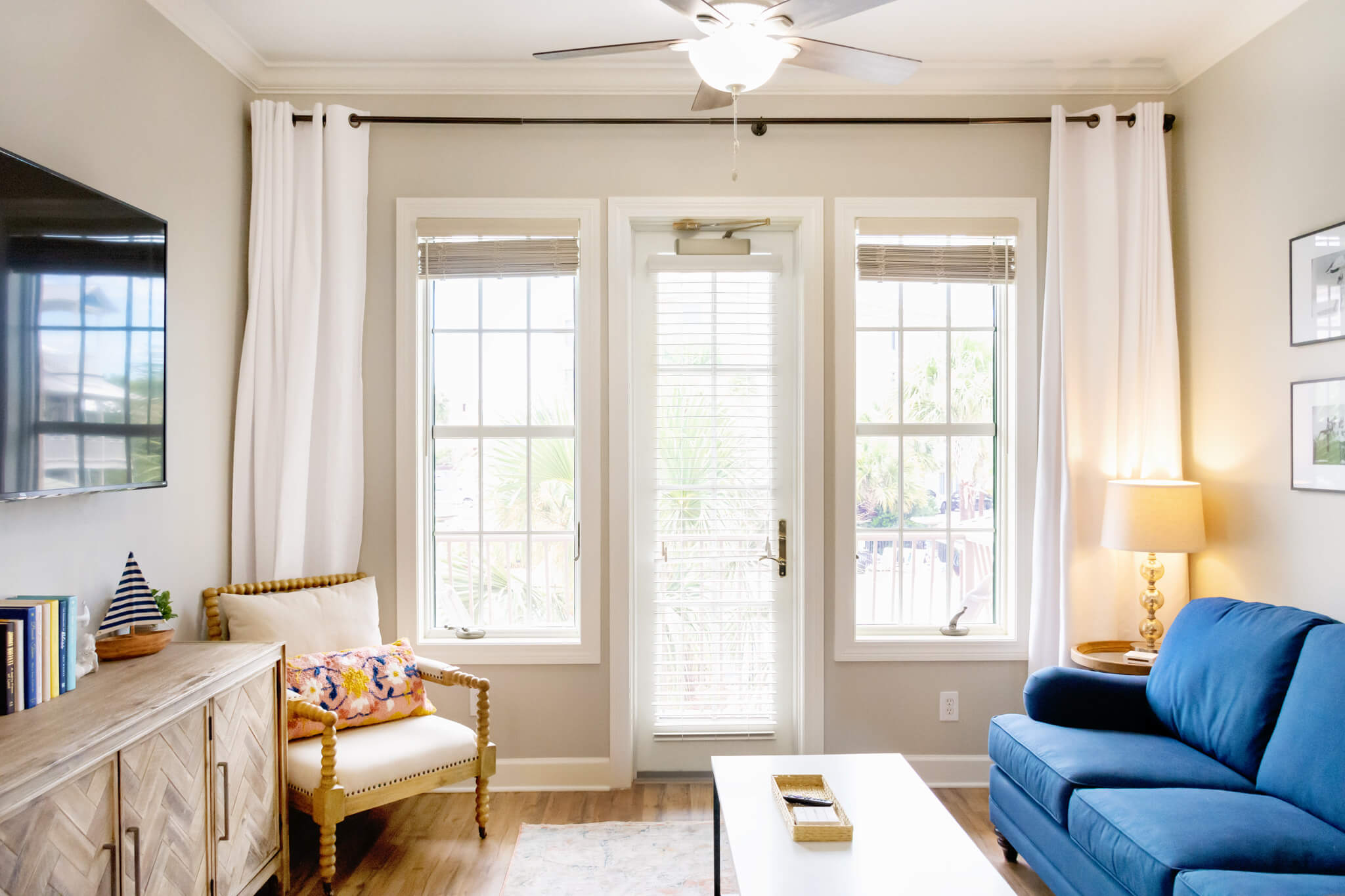
How I Price My Airbnb Rentals
So, how do I set my Airbnb prices? Well, I use a combination of historical data and, honestly, just manually adjust pricing to narrow down, or pigeonhole, the optimal price for that specific date.
I also use the Airbnb rule set feature to minimize empty dates, and these pricing strategies are a huge part of my success. I run almost a 100% occupancy rate for half of the year. You may think those 2-3 empty days a week aren’t a big deal, but those add up to around 25% of your potential revenue and can eat up all of your actual profits!
And, would you believe me when I tell you that I never look at my competition? I honestly don’t! There are a lot of people who underprice in our area, and I actually don’t care if those get booked up quickly by potential guests whose main focus is low prices.
READ: How To Become An Airbnb Superhost
In addition to last-minute discounts and bookings, the sweet spot is when I am slightly higher than my competition, and guests intentionally book me for the experience. While the location and amenities are often similar, my Airbnb experience is better. And many of my Airbnb guests love things like my baby-friendly Airbnb amenities!
So, here is my exact Airbnb pricing workflow to help you know how to price your Airbnb rental properties for maximum profits.
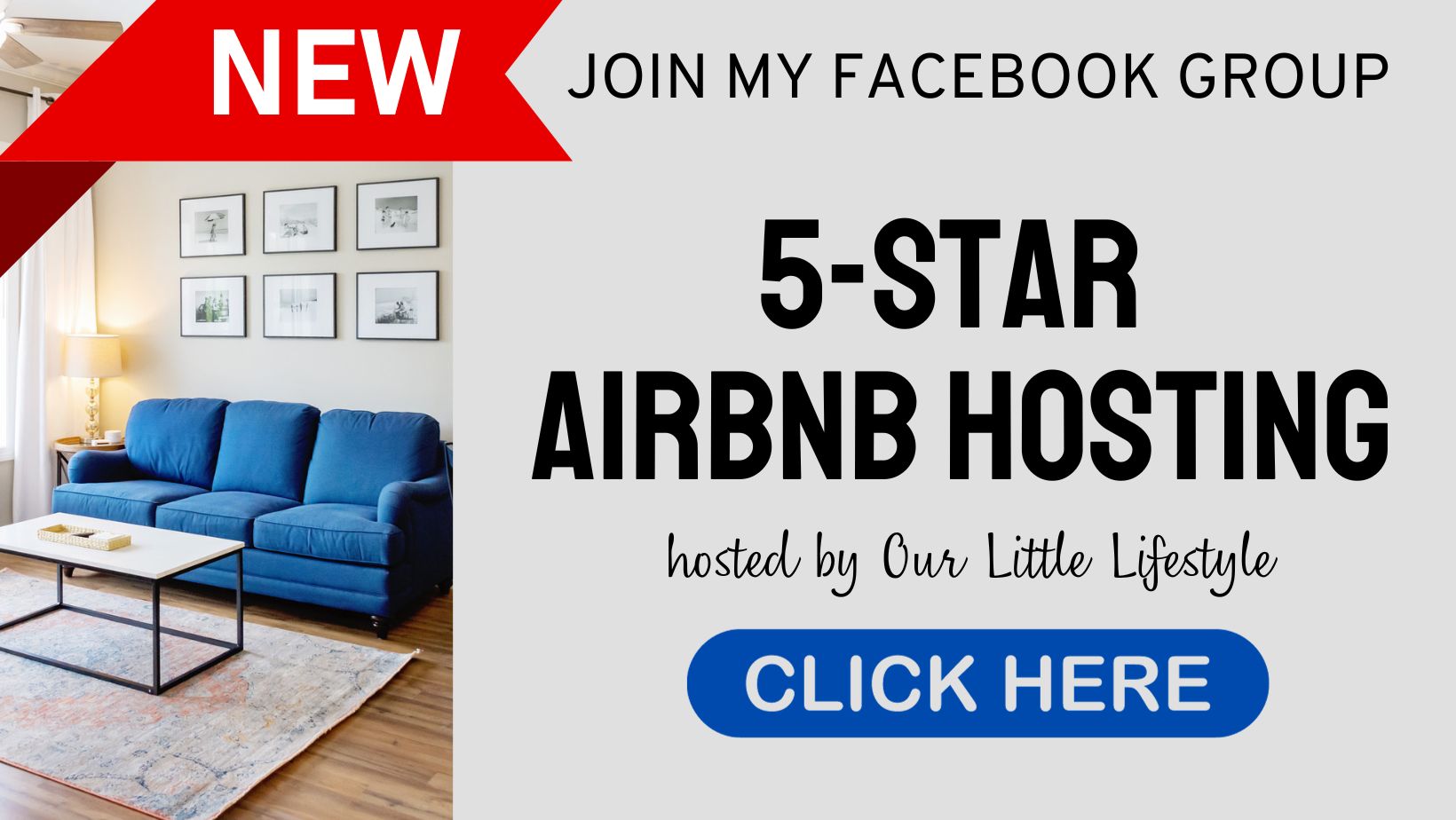
#1 Opening Up My Calendar
I manually open my calendar about 8 months in advance. Often, I wait until I have local event and school break calendars handy. For example, this week, Walton County, Florida (where our rentals are located), just released its annual feeder market calendar for school districts that visit 30A most. Since Spring Break (and Fall break) lasts several weeks, this allows me to see which weeks will be in top demand.
READ: When Is The Best Time To Visit 30A?
So, I am about to go into my Airbnb calendars and open up through May 2026. Each year, when I set my base rates, I write down what I set them at for weekdays and weekends. I reference that here.
Also, when actually opening the calendar, I also pull up last year’s calendar and look at a sampling of my bookings to see what they actually booked. It’s easy to see who booked early and who got the last-minute deals.
Then, I go in and set basic rates. For example, in February, there is one holiday weekend, but no major school breaks. So, I would set my weekdays at $129 and my weekends at $199.
Next, I would increase rates for Valentine’s Day and set some rules for the three-day holiday weekend. If Monday is a holiday, allowing checkins and checkouts on Saturday and Sunday would break up that weekend, and it would be difficult to book the other half. So, I apply my rule sets (that I created in Airbnb) that allow for no checkins and checkouts on Saturday and the same for Sunday.
I already have a three-day minimum, but if you allow shorter stays, I would make it a three-day minimum for a three-day weekend. I would do the exact same thing in November or September, accounting for Veterans Day and Labor Day.
For summer months, I set a base price for weekdays and slightly higher for weekends. For example, this may be $399 for weekdays and $499 for weekends.
For the shoulder seasons, I am more strategic when opening my calendar and make sure I know exactly which weeks will be busy with school breaks and which ones will be slower shoulder-season windows. If I owned a rental in a popular college town with game days, parent weekends, etc, I would do things the same way.
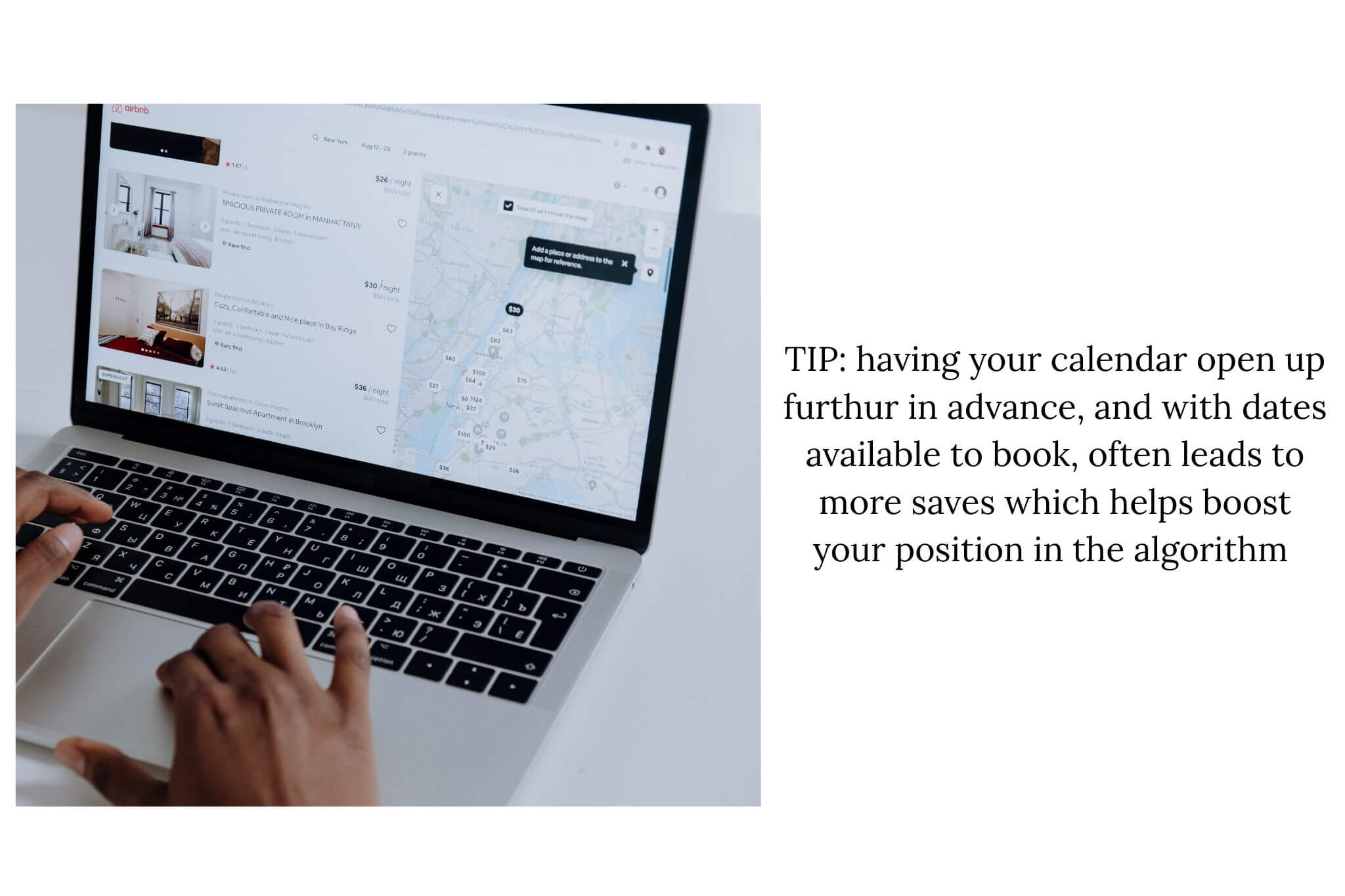
#2 Setting My Airbnb Rule Sets
Once the calendar is open, I just leave it. Having my calendar open further in advance allows people to see my listing, save it to their lists for potential trips, etc. Then, I adjust my prices as needed for various reasons.
First, whenever I get a booking, immediately after I send them their welcome message, I adjust the dates around it to avoid unnecessary gaps. For example, if a new booking leaves 2 days or 5 days between another booking, I change the minimum length of stay to that number via my Airbnb rule sets that I have created. This means that my listing only shows up for people looking for those exact dates and helps me find a booking that fits that gap perfectly.
If a new booking doesn’t have a nearby reservation, I still apply rule sets to maximize bookings. For example, if a guest is checking out on Friday, I immediately apply a rule set not to allow check-ins on Saturday. We do not do single-night stays, so an orphaned Friday night would have cost me up to $550 in high season. So, I want a booking that checks in on Friday.
Sometimes, I even apply a rule to allow a 2-night stay if it butts up against another booking. Allowing short stays in advance may hinder my opportunities for longer bookings, so I only allow these short stays when they are pressed up against another booking.
This allows my calendar to look like this when it’s all said and done:
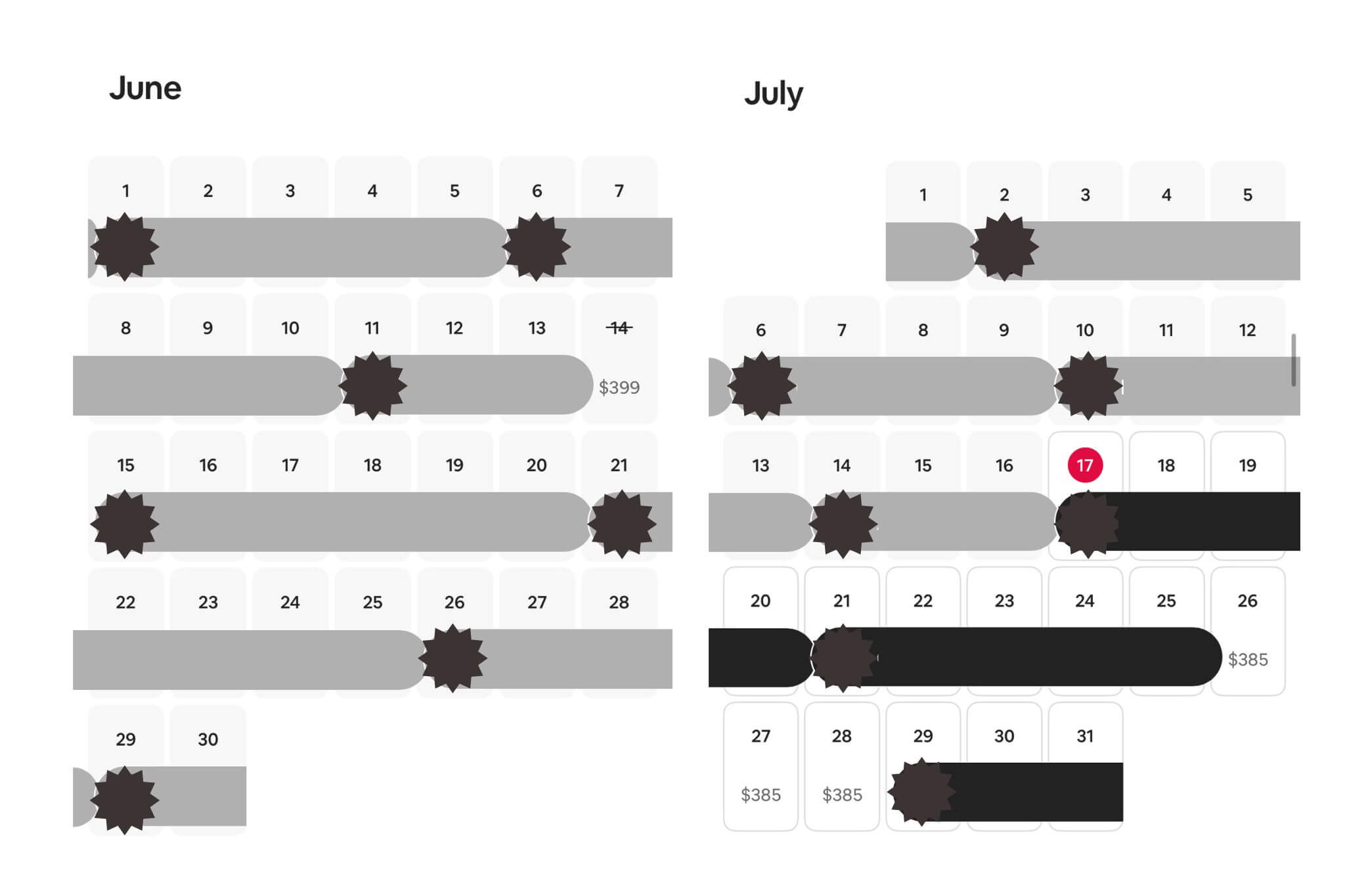
I do this weeks and months in advance, as soon as I get new bookings. Yes, I run to my computer because it’s much easier to manage Airbnb rule sets on a desktop. You can also log in to Airbnb via your phone’s web browser and click to request a desktop site to access it. Unfortunately, you can’t manage this via the Airbnb app, which is a major downside.
#3 Adjusting My Airbnb Pricing
As we get closer, I begin to adjust prices. About two months out, I go into my Airbnb calendar (easiest on desktop) and lower prices by maybe 10% and sometimes shorten minimums, such as allowing 3-night stays during summer when I initially had a 4-night minimum.
About a month out, I often make another decent decrease. In my market, getting that booking 3-4 weeks out can still be lucrative, as very last-minute bookings usually require a steep discount.
About a week out, I do my final price drop. It’s funny because while these are often my lowest prices of the year, this is always when I start getting messages asking for additional deals and discounts. I have found these are not my ideal guests for a number of reasons.
READ: Don’t Ghost Your Host: How To Be A Great Airbnb Guest

My Airbnb Pricing Strategy
As you can see, my Airbnb pricing strategy is very hands-on, and I micro-manage every last detail. This high occupancy and optimal rates allow me to cash flow so well.
But, it’s not for everyone! This is why using a tool such as PriceLabs could be beneficial. It does much of the same that I do, just on a higher level, without you having to identify all of the needs for adjustments.
Should You Offer Airbnb Discounts?
I never send special offers or give additional discounts at my rentals. All of this is done through my strategic pricing. However, I do have a set 10% discount on stays of 7 days or more.
In addition, I often discount rates within a calendar gap to ensure I can fill the whole thing. For example, if I have a 6-day gap with rates ranging from $199-$425, then I often change the rate to $349 daily or a number that would incentivize guests to book that whole window, which is a lot less work than multiple shorter stays filling that window. And it’s overall more money than if I were to get a 4-night booking in the middle, leaving orphaned nights on both ends.
I do the above often when I know we have a big trip, such as our annual 2-3 week Europe trip at the start of the summer. I want longer stays and most of my turns on the same days to avoid staying up late to check in with cleaners and send smart lock door codes. So, I apply a longer minimum length of stay rule set in advance, usually 5 days. Also, once I see that I have one or two check-ins on a particular day, I adjust and apply rulesets to keep my other units’ check-ins on the same day.
Sounds complex?
Well, I didn’t say it was going to be easy. Airbnb hosting is far from passive income, and maximizing my profits and minimizing my busy work is very important to me. So, by meticulously managing my calendar in advance, I can manage bookings much more easily.
READ: Protecting You 3 Ps: Property, Profits, & Peace
Now You Know How To Price Your Airbnb Rental For Maximum Profits
So, if you made it this far, I hope this Airbnb hosting blog post gave you a lot of food for thought for determining how to price your Aibnb rental! You don’t have to implement every part of my workflow, but adding in little pieces may help improve your pricing strategy.
Once you have those great 5-star reviews that rave about your place and the guest experience you offer, you can confidently increase your prices until you find the sweet spot!
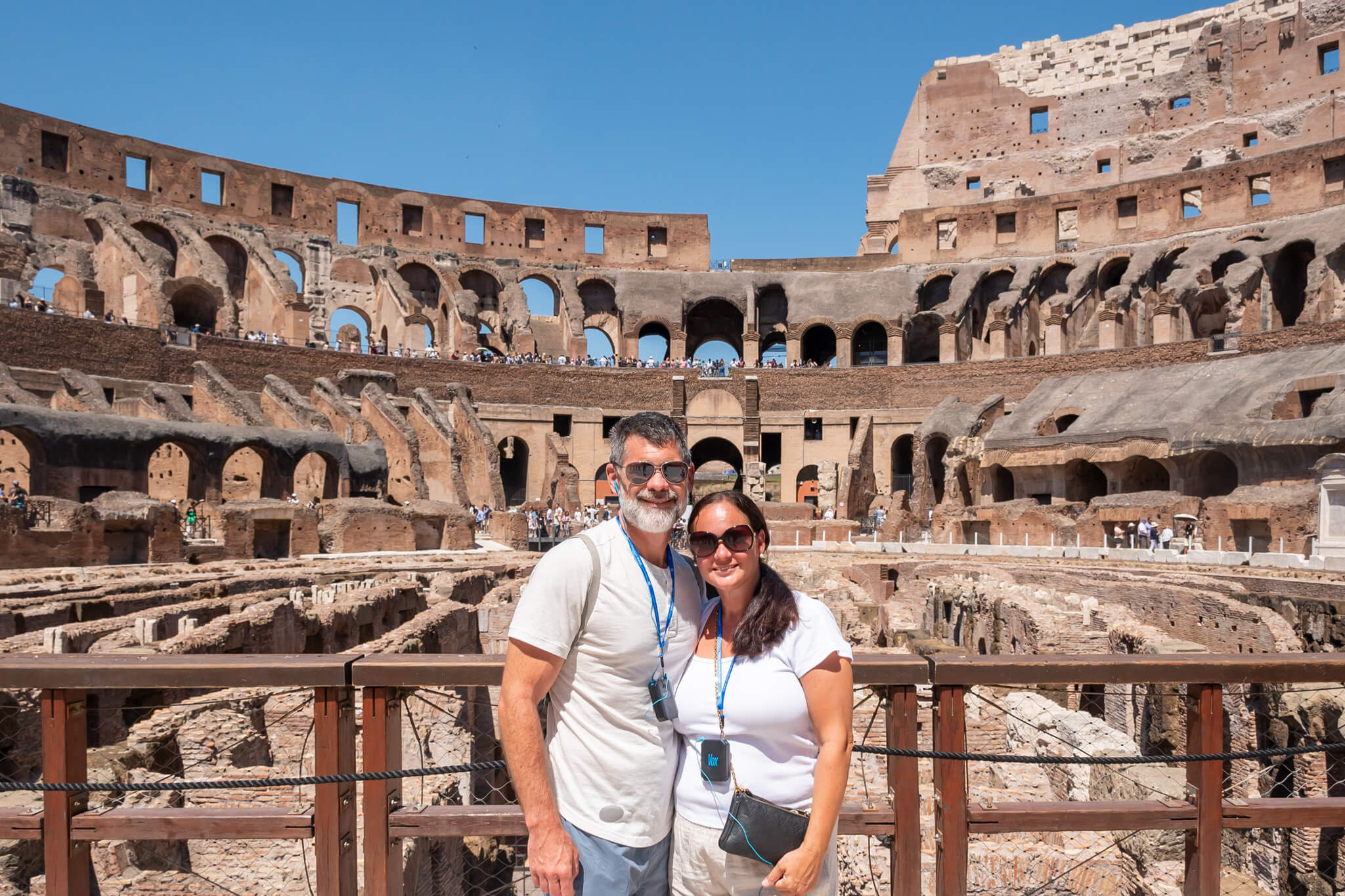
More Airbnb Hosting Tips
If you want more Airbnb hosting tips, you have come to the right place! Here at Our Little Lifestyle, I share all of my first-hand tips for Airbnb hosts so that you can work smarter, not harder. Doing so allows you time to enjoy the benefits of your hard work, whether that means traveling around the world, like we do, or embracing new hobbies!
Click here to browse all of my Airbnb hosting blog posts!
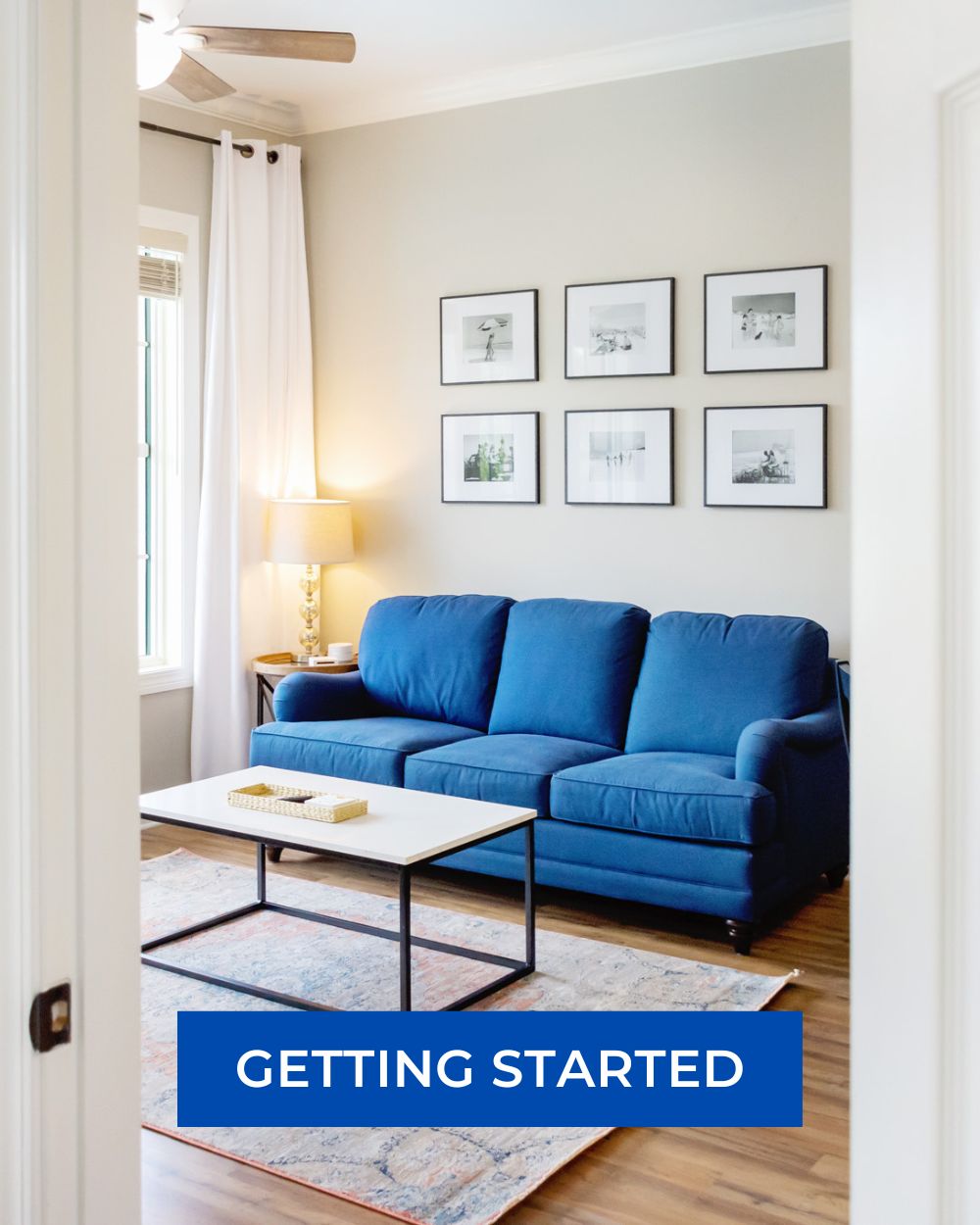
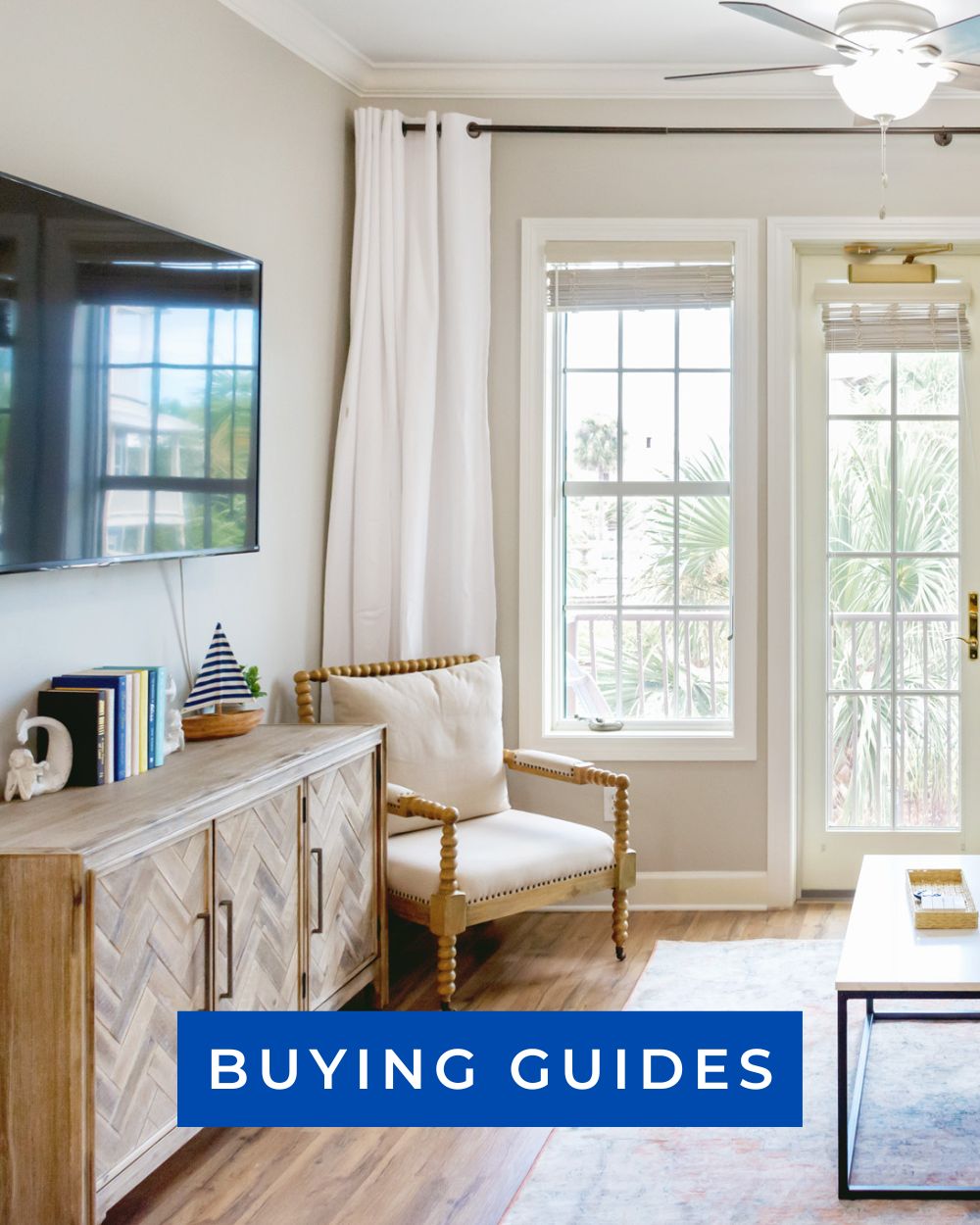
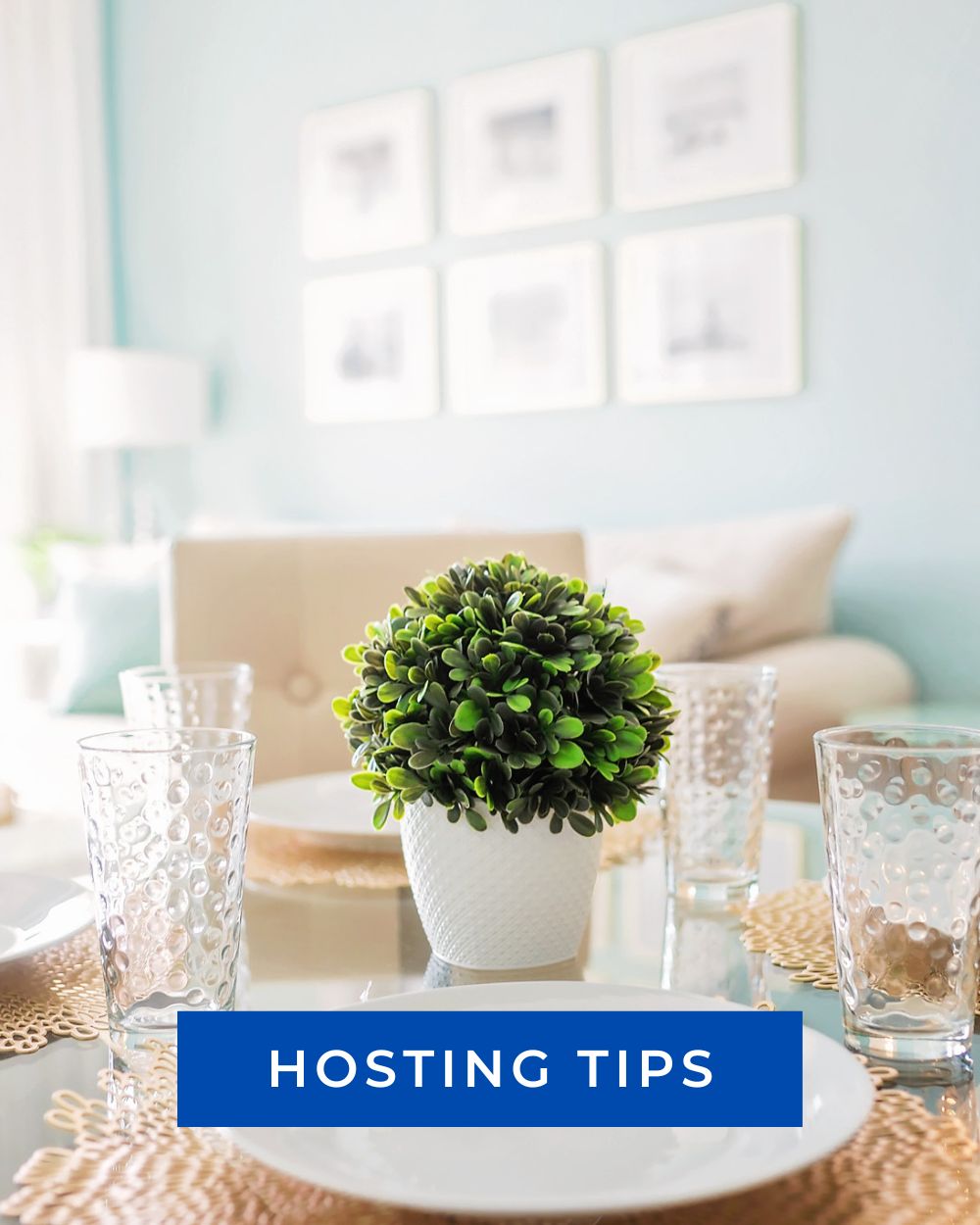
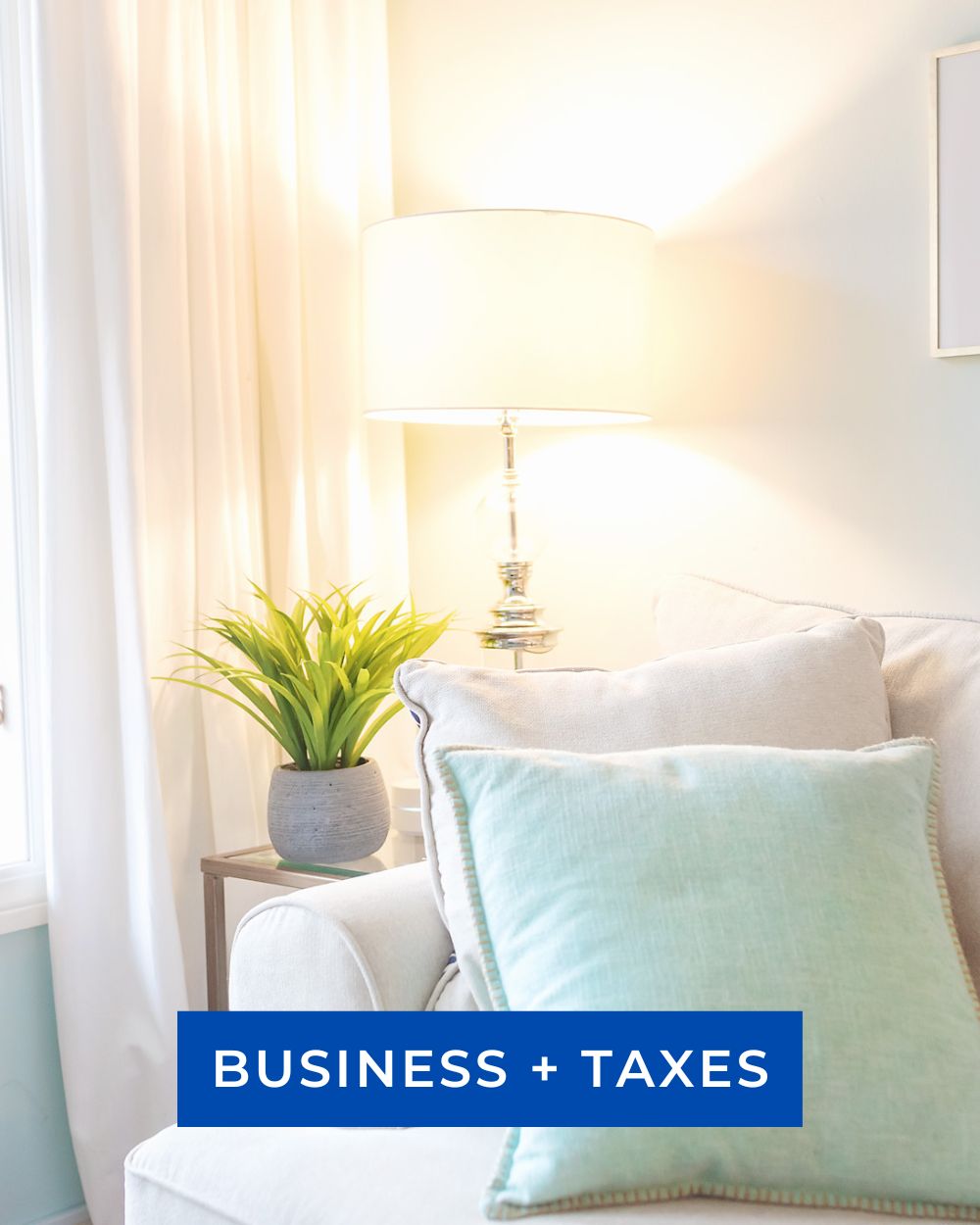
PIN: How To Price Your Airbnb For Later
And, if you aren’t yet ready to price your Airbnb or just don’t have time to implement these changes today, make sure to pin this post for later!
